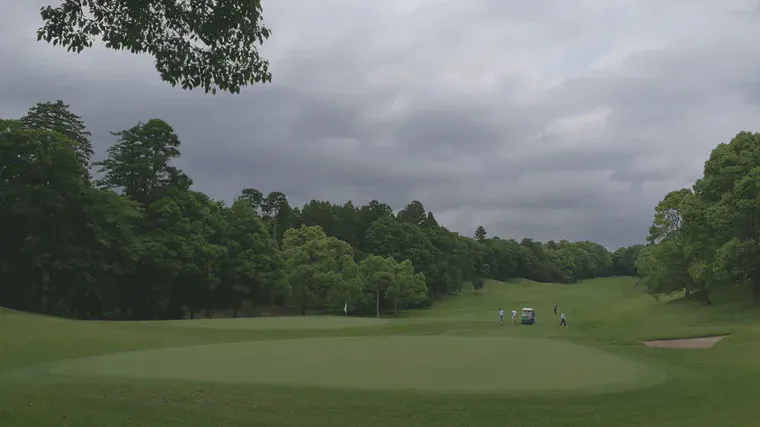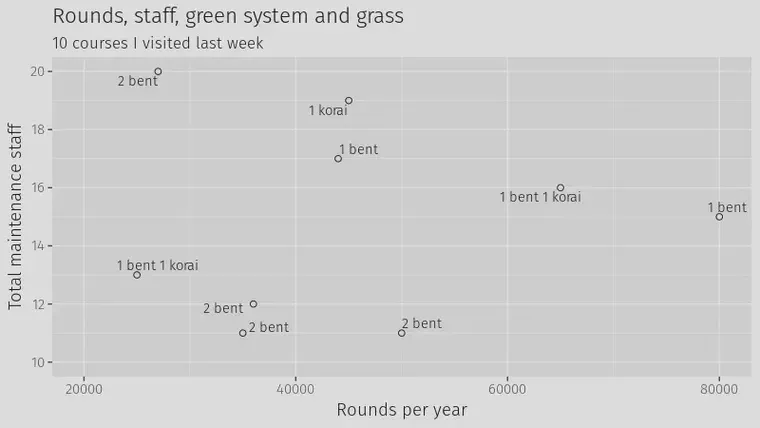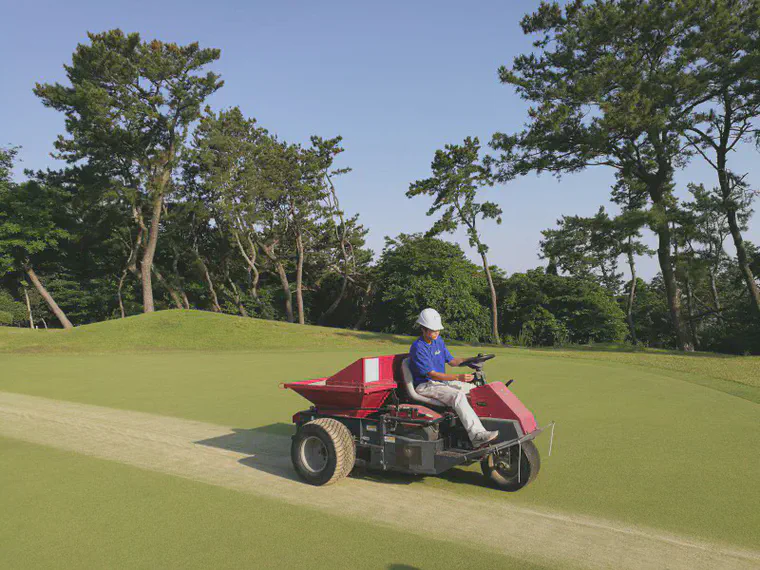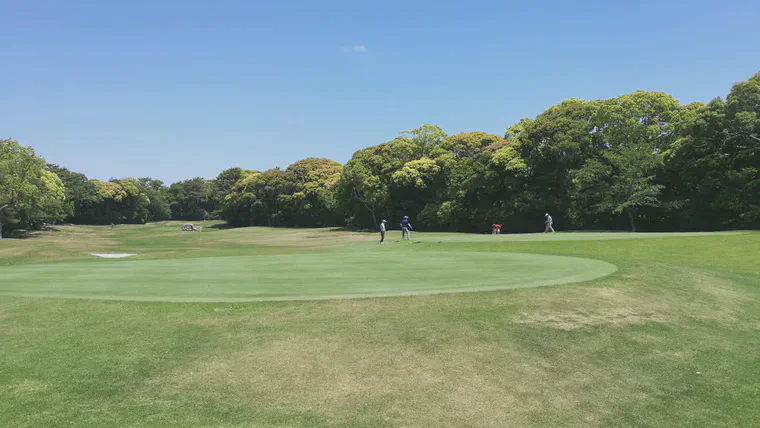The two green system usually means there are two bentgrass greens per hole
The idea that golf courses in Japan with the two green system have a summer green and a winter green is not quite correct. Nor is the two green system used exclusively with one warm-season grass green and one with cool-season grass.
Trevor Dormer and I had a brief discussion about this.
Survey data I looked at some years ago showed 37% of courses in Japan use the two green system. That number will be slightly lower today. But I expect most courses with the two green system will have two bentgrass greens.
It does vary; a busy course near Tokyo has one Champion ultradwarf bermudagrass green and one korai (Zoysia matrella) green. And there are courses with one bentgrass and one korai green. I’ve written about this a lot. A selection of posts on this topic are at the bottom of this page.

But for now, here’s what I saw on a recent trip to Japan. When I visit golf courses and talk with greenkeepers, I often ask these questions.
- How many holes at this property, do you have one or two green system, and what grasses?
- How many maintenance staff do you have?
- What is the number of rounds at this facility?
- How much nitrogen do you apply per year to the greens?
Of the nine facilities I visited on that trip, here’s the answers to those questions from the greenkeepers. Six gave the N rate. The minimum was 11 g N/m2/year, the maximum was 20 g, and the median was 13; 3 greenkeepers didn’t have the number off the top of their head. The other data are in this chart.

The median staff was 15 people, and that includes everyone—mechanics, part time staff, office staff, etc. This is actually a bit high for Japan. I was visiting facilities skewed a little to the high end. I think the nationwide average staff will be 12 or 13 people per 18 holes.

The median rounds were 44,000 per year. That seems about right. The course with 80,000 rounds has night golf and one can tee off until 21:00.
And how about the greens? I visited 9 courses. Of those, 2/3 had two greens. Of those with two greens, 1/3 had one bent and one korai, and 2/3 had two bent.
